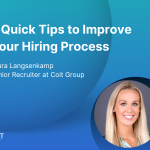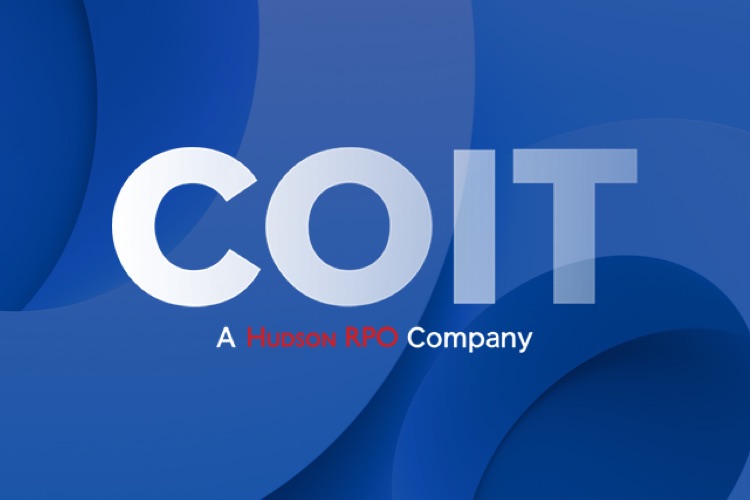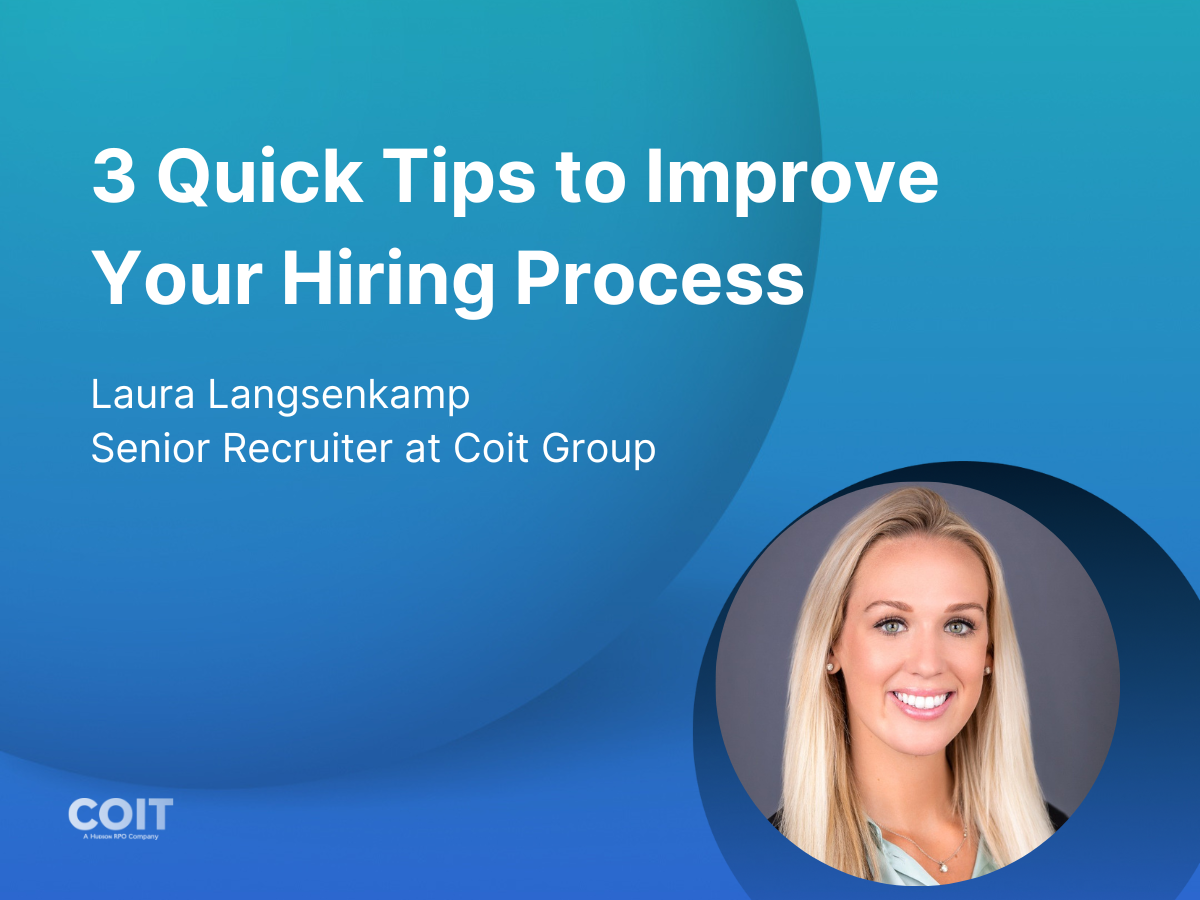The world of recruitment is changing, and as a talent acquisition manager, you’re probably finding it more difficult than ever to attract the best candidates. Recruiting for lean teams is an art, but there are ways you can overcome this challenge and find great people for your open roles. Here are some creative recruitment strategies that will help you attract the right talent at light speed:
Add Recruitment Automation to Your Processes.
Recruitment automation can help you be more efficient and save time and money. If you’re looking for a way to streamline your recruitment process, automation is the answer. You can use it to screen candidates, schedule interviews, and make offers—and all the while saving both time and money by eliminating manual processes.
Automation isn’t just useful for saving time; it’s also useful for saving money as well. Automation eliminates manual processes such as candidate screening and scheduling interviews (which are usually low-value tasks), freeing up employees’ time so that they can focus on higher-value activities like interviewing or recruiting new candidates. Talent technology can be an extreme value-add in your recruitment process.
Source Talent From New Communities.
You can also source talent from new communities. Look for people who are active in communities that are relevant to your business and have impressive skills or accomplishments. For example, if you’re looking for a marketing manager with a strong social media presence, you might consider reaching out to someone who has been mentioned on Twitter by the company’s CEO or other executives. This type of person probably knows the company well and could be an excellent candidate for a position where they have influence over their own destiny (and therefore less likely to leave).
Optimize Your Job Descriptions For Google Jobs Searches.
The Google Jobs search function has a higher conversion rate than job boards. In order to get your job listed in Google, you need to optimize your job descriptions for these searches. This means using keywords and phrases that are relevant to your industry, as well as the right language for the job you are advertising for (for example, if you’re hiring an accountant then ‘Accountant’ should be in the title). Your descriptions should also be concise and clear so that they don’t scare off any applicants who could potentially be interested in the role
Refine Your Employer Brand Messaging Strategy.
When you’re operating on a lean talent team, it can be hard to manage your employer brand. Your pool of candidates is smaller and more selective than it would be if you had more people in HR. One way to get around this is by refining your employer brand messaging strategy.
Your employer brand is the perception of your company as a place to work—it’s what potential candidates (and current employees) think about you when they encounter your company in any sort of marketing or recruitment efforts. It determines whether people apply for jobs at your company, so it’s crucial that you make sure prospective employees understand why they should join up with you over other companies in the area or industry.
Build A Campus Recruiting Program.
Campus recruiting is a great way to find talent, get your brand in front of students and build relationships with them. Campus recruiting may be the best way to get information about emerging trends and needs for your company. This can be done through:
- Giving presentations at colleges and universities
- Hosting information sessions for students who are interested in your company’s products or services
- Partnering with student organizations (eg., clubs)
Re-Engage With Candidates Who Didn’t Make The Cut First Time Around.
Once you’ve met with a candidate, it is important to follow-up with them. This can be done in several ways:
- Reach out to the candidate via email and ask if they have any questions or concerns about the interview process. If you are not able to reach them, send an outbound call through their phone number provided during the application process.
- Ask candidates what they liked and didn’t like about the interview process, what did they enjoy about working at your organization? What could have been improved? What did they learn from the experience?
- If a candidate has declined your offer in favor of another job opportunity, send an email thanking them for their time and interest in joining your team.
Showcase Your Culture More Across Every Career Channel
Culture is the most important thing for new hires to know about your company. It’s what they’ll know before they step into the office to work with you, so they should be able to get an authentic sense of it from every touchpoint and source within the recruiting process. Make sure that job ads are promoting a clear understanding of company culture, whether it’s through video, text or images. Use social media platforms like LinkedIn or Facebook to showcase pictures of employees doing fun things together outside of work hours—this will help potential candidates see that there’s real camaraderie here (versus just getting paid). Finally, if you’re looking for a way to really connect with candidates in person at industry events, consider having someone from your marketing team attend with their own booth where users can come by and learn more about what makes working at your organization so great!
The best thing you can do is to be proactive in your approach to finding the right people.
That means not only searching for talent but also building an employer brand that candidates will connect with, so they feel confident applying for jobs at your company. Whether that’s through job descriptions or social media posts or any other option available to you, it’s important to understand what makes your organization unique—and then communicate that message loud and clear across every channel possible!
Newsletter
Blog Categories
Recent Posts

[Tech x Talent Dashboard] It’s time to change DEI metrics and tactics

3 Quick Tips to Improve Your Hiring Process

Beyond the Checkbox: DEI in 2024 and Beyond

The Unexpected Secret to Effective Rapid Response Hiring




